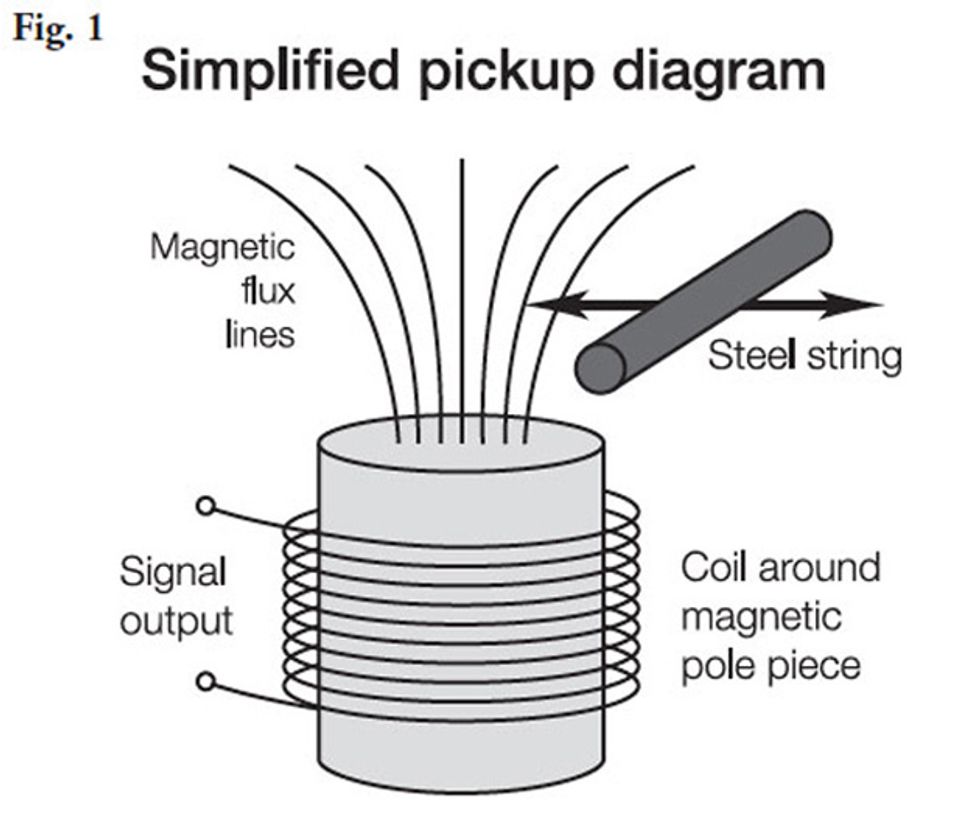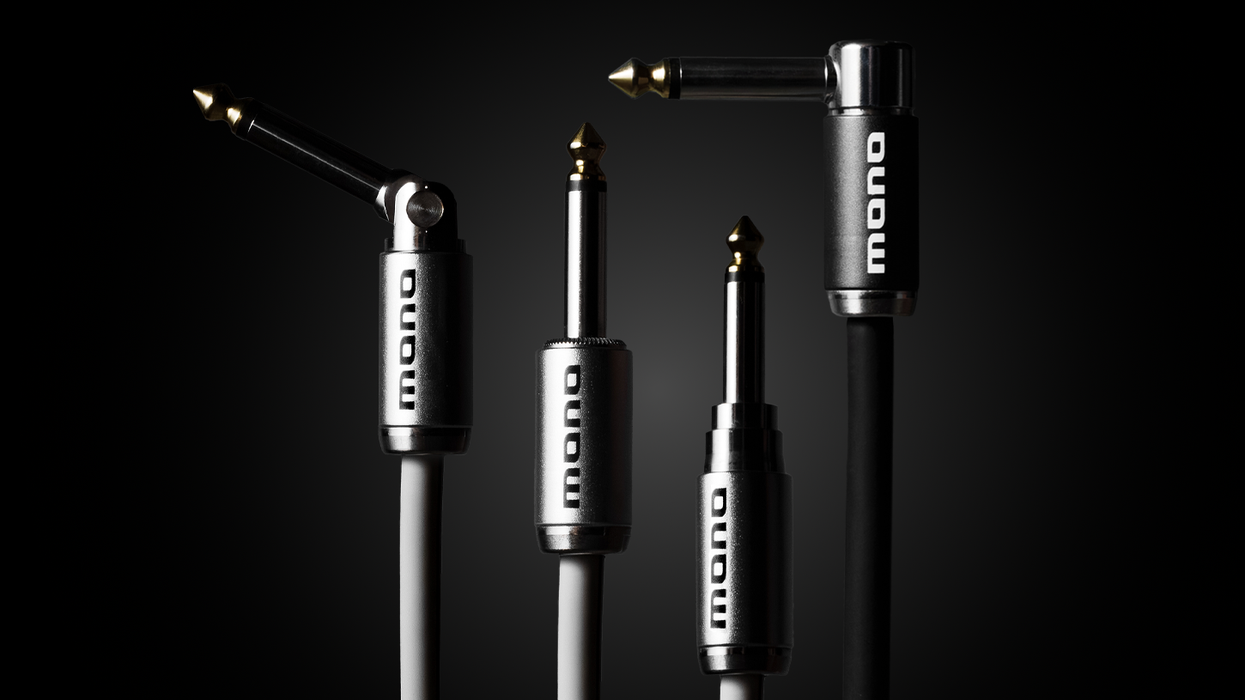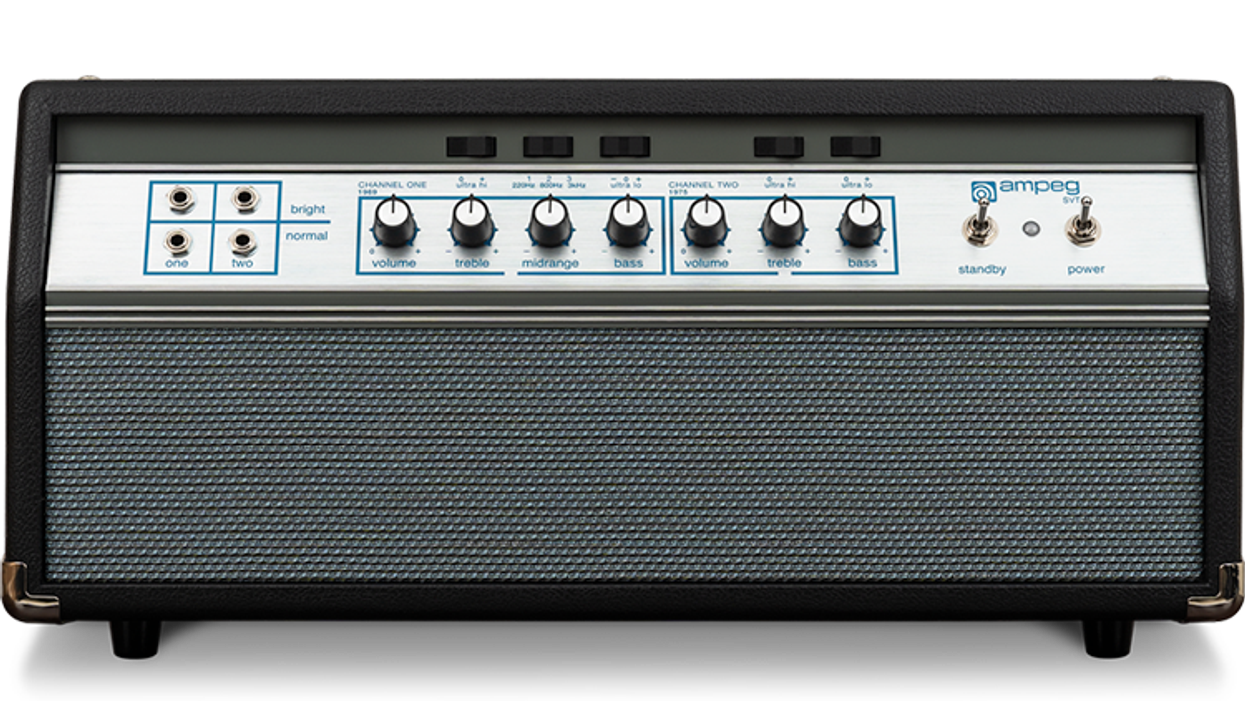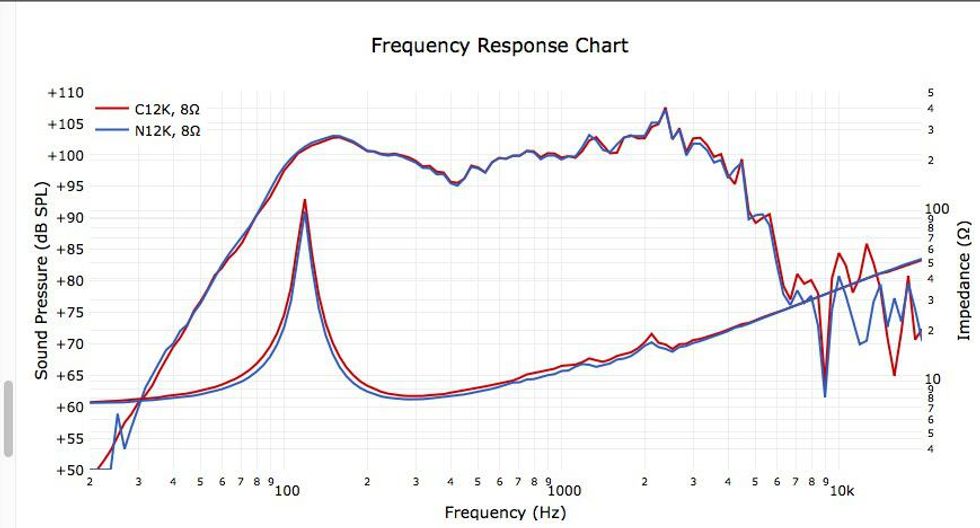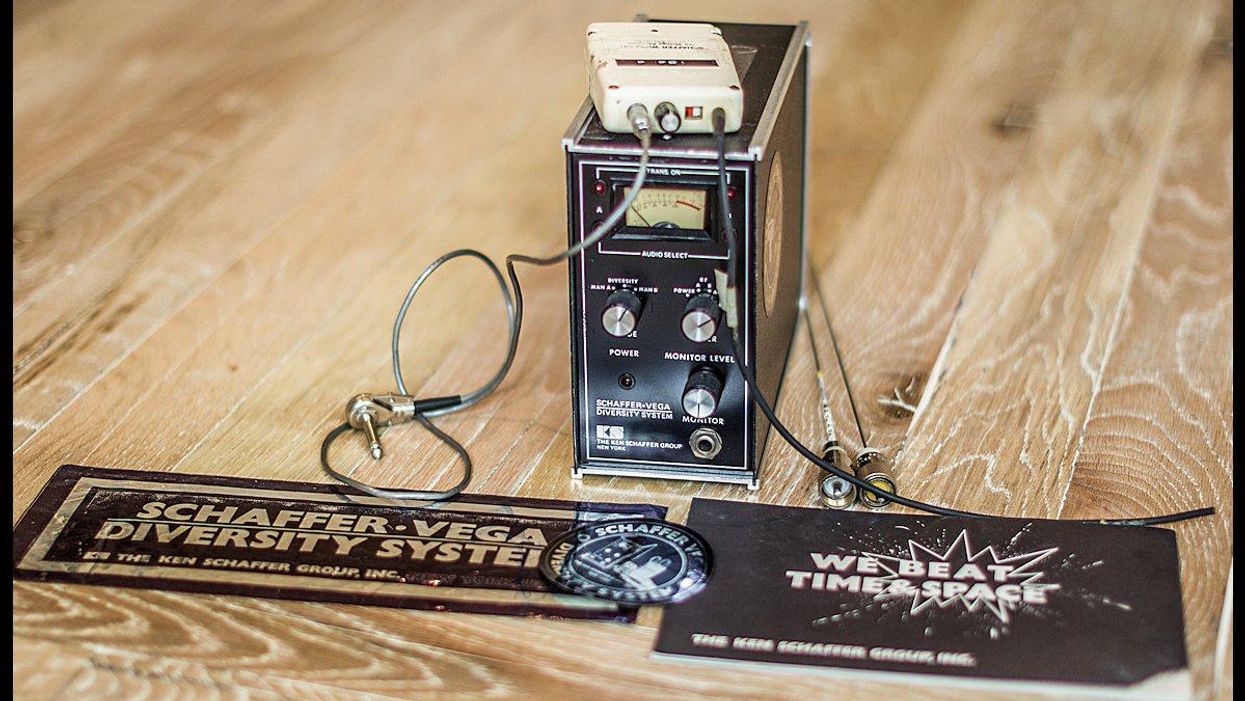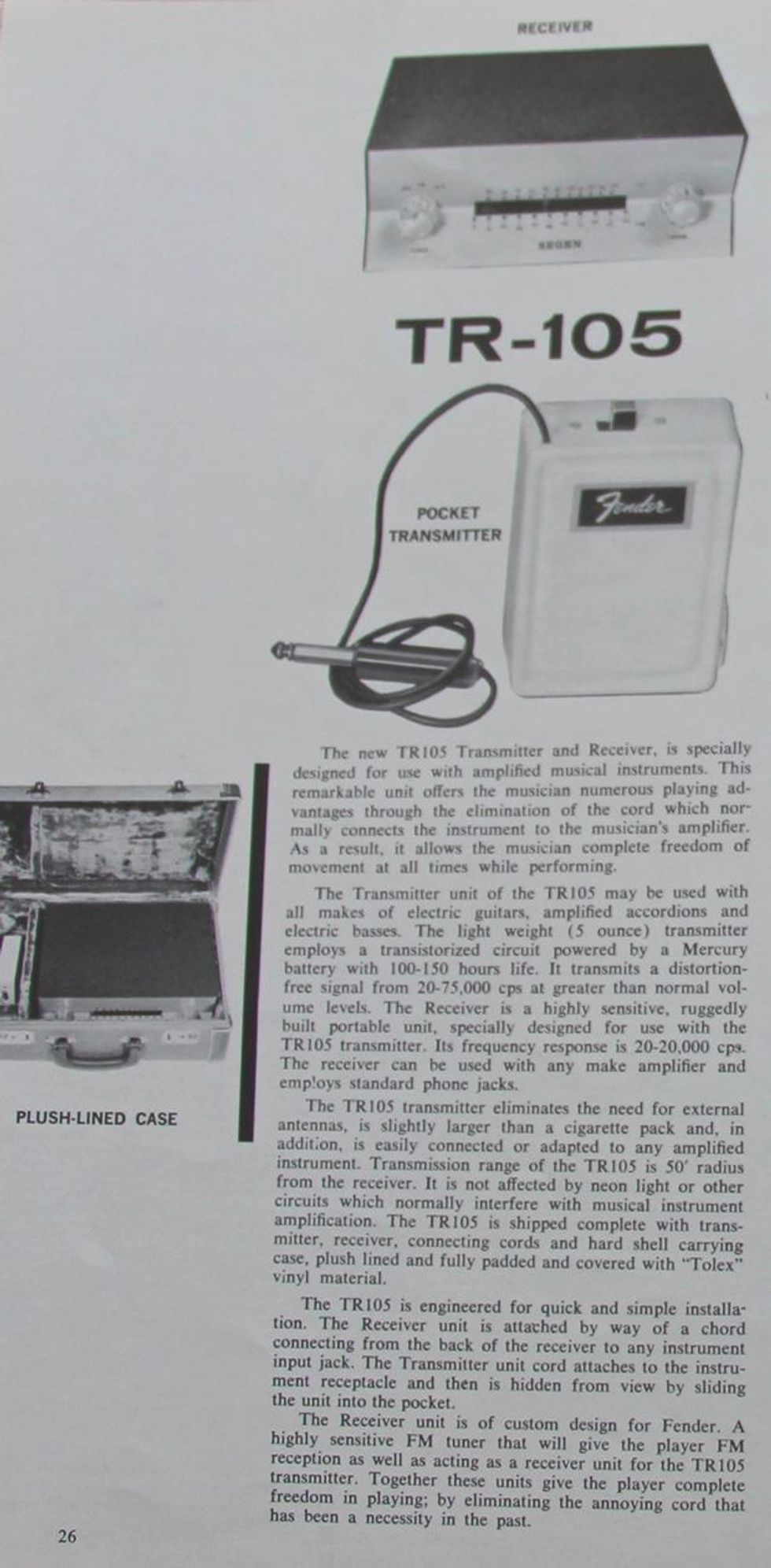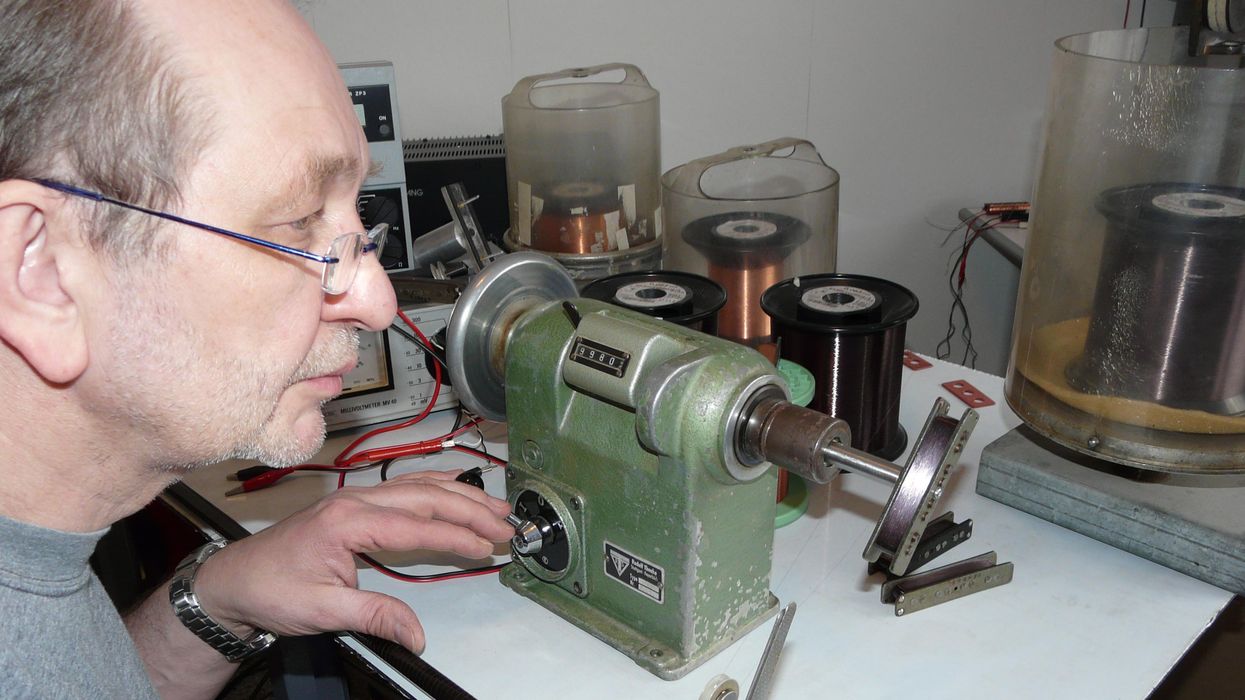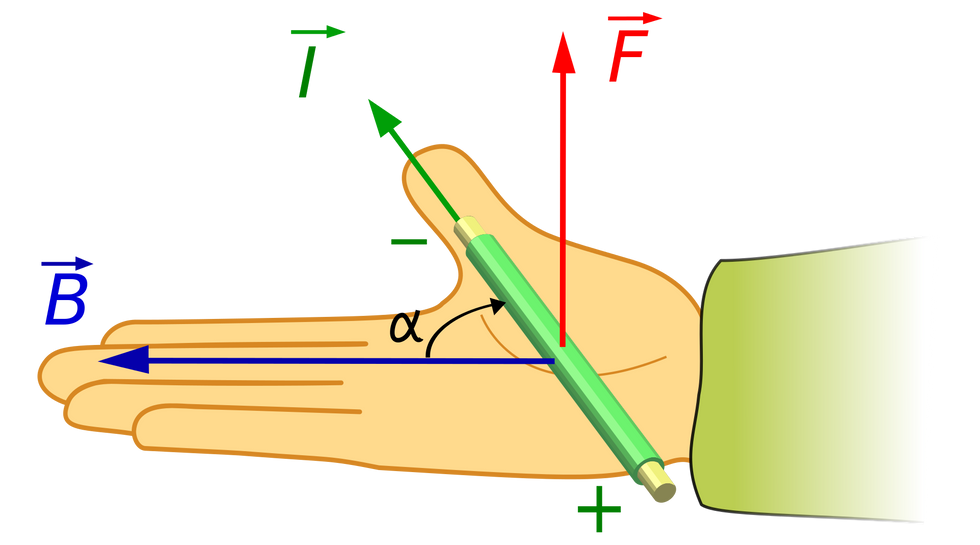Wouldn’t it be great if we could actually see those magnetic flux lines? Image courtesy of Gregg Stock and Strymon
There’s a myriad of little helpers, gimmicks, and parts that claim to improve bass tone, and all of them cost money. And then there are the free ones that will only cost you a bit of your time, but nobody really uses them. Raise your hands, low-enders: Have you ever adjusted your pickups? Just as I suspected. And typically for those who have adjusted pickups, the thinking goes something like this: “Okay, the pickup isn’t quite touching the strings, so this is as loud as it can go. Adjustment done!”
If this “setup” yields an unconvincing sound, many of us are tempted to replace our existing pickups with new ones we finally found after spending nights on a forum. These new pickups are hyped by people we’ve never spoken to, let alone heard play. But we all love shopping for new toys, right?
I’ll propose an alternative: Before spending cash, why not spend some time on an easy DIY job? Let’s find out what your axe is capable of as it’s currently configured.
Michael Faraday discovered electromagnetic induction in 1831, while trying to invert the then-known electromagnetic principle—an electric current creates a magnetic field. He realized a magnet could create an electric current, and this is the principle behind all magnetic pickups. Thank you, Mr. Faraday.
Still, as with all those things we can’t see or have any sensors for, it’s hard to imagine what magnetism is. Even electricity isn’t as obscure, as anyone who has ever strayed too close to a power outlet can attest. That’s a sensor of sorts.
But back to pickups and applied magnetism: Magnetic forces—and therefore the resulting signal—are highly dependent on the distance between string and magnet, specifically one of its poles.
Case 1: We love loud, so we try to get the pickups as close as possible to the strings without touching them. The first side effect? Increased magnetic pull eats sustain from our strings. (It’s worth noting that the pull is always there, whether you’re using that pickup or not.) And the second side effect: This higher pull influences the way the string vibrates. The vibration—consisting of the fundamental and its upper harmonics—becomes less ideal, shifting the upper harmonics away from being discrete multiples of the fundamental. If that seems too mathematical, try this: It sounds wrong and out of tune, like a broken chorus. Ask your guitar friends—they experience this more often. Of course, very close setups can work without the above effects if the pickup has weak magnets, such as are often used in active pickups.
Case 2: If there is a “too close” scenario, there will surely be a “too far” counterpart! Let’s skip the extreme case where we get no signal at all and see what we can expect at real-world distances. Besides an increase in sustain and more natural-sounding upper harmonics, there is also the unavoidable loss of output. This is usually no big deal, as we can compensate for it by cranking up our amp’s input gain. Unfortunately, we also decrease the signal-to-noise ratio. In other words, there’s a constant amount of noise that gets increasingly amplified as we compensate for the decrease in output volume. This can be a problem with non-humbucking systems, as well as the currently popular bass distortion effects that focus on the noisy edge of our tonal spectrum.
Ultimately, the final adjustment has to be—once again—a compromise. And so far, we’ve only addressed the unavoidable magnetic effects, not the role different setups can have in our search for tone. And once we start looking for tone, there are also things like string-to-string and pickup-to-pickup balance we have to keep in mind.
With thousands of slightly different pickups available, there won’t be a simple answer to what’s best. There’s a lot to explore and experiment with, but it will only cost you some time to get the most of what you already have. The strategies for this differ, but let’s see if there are some basic principles to help you reach this goal. Stay tuned.

